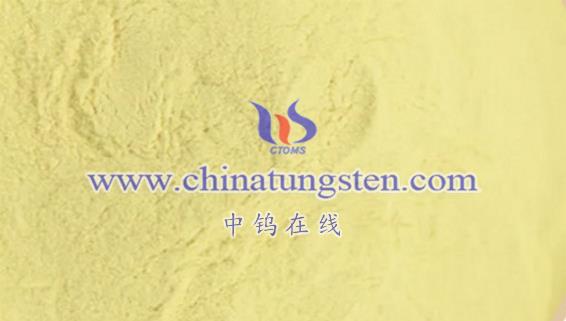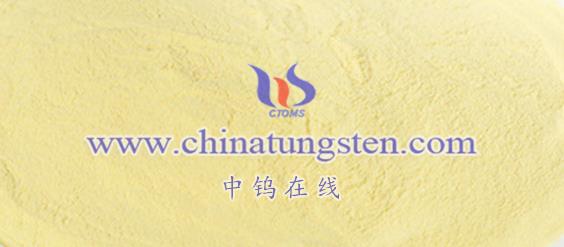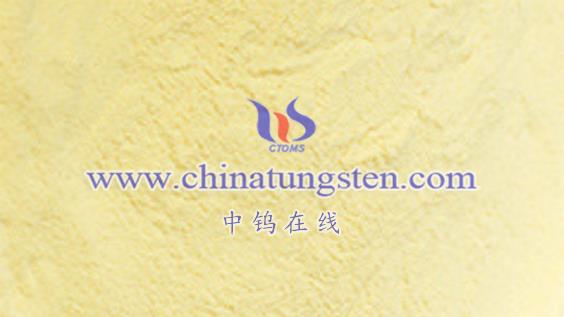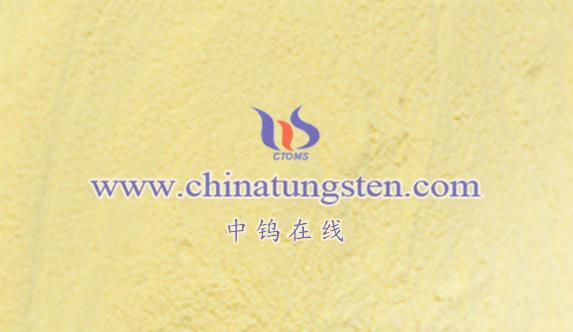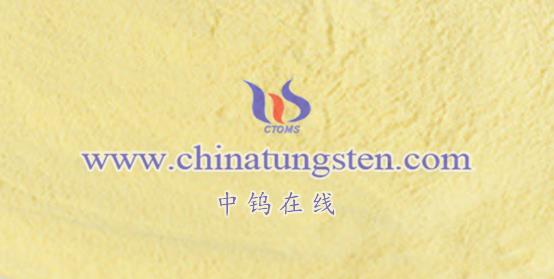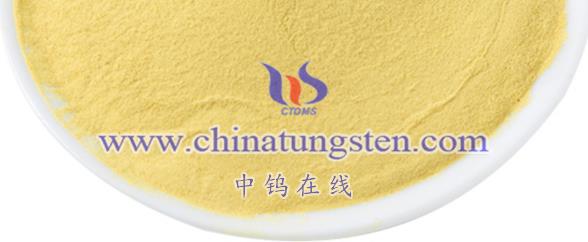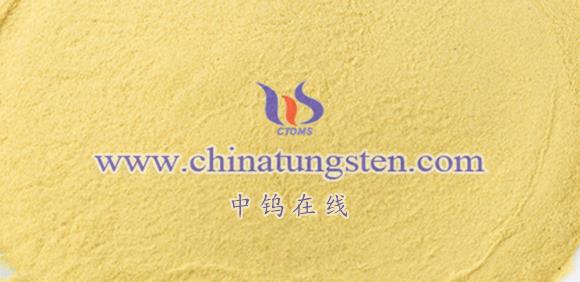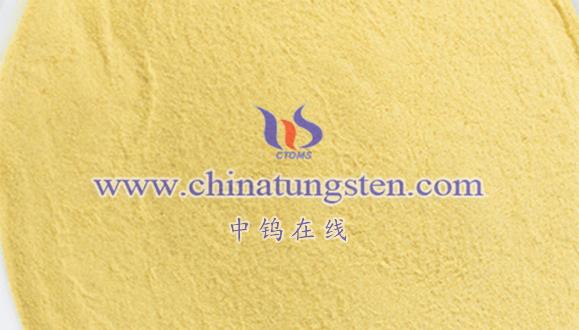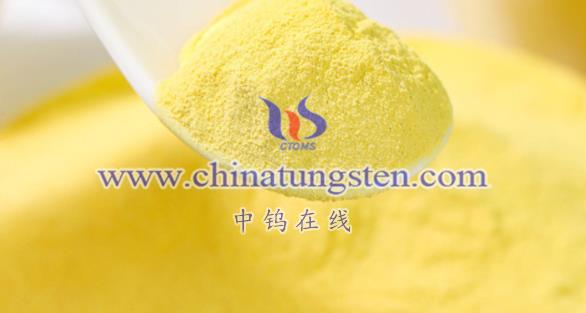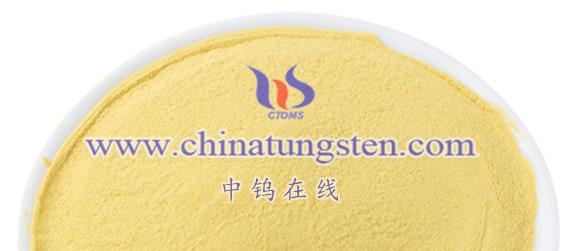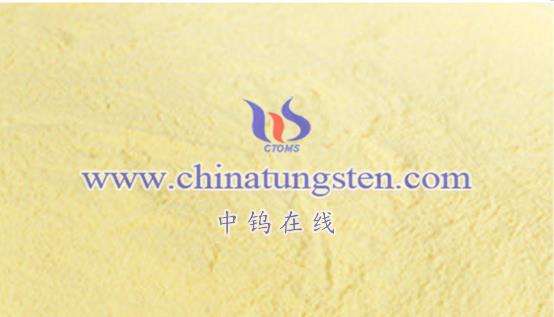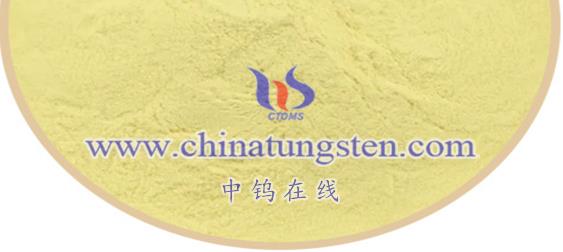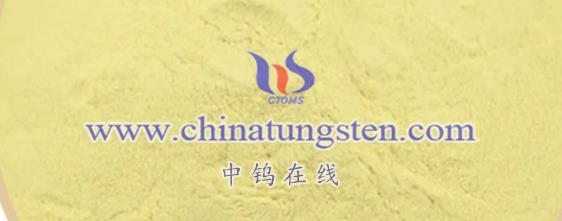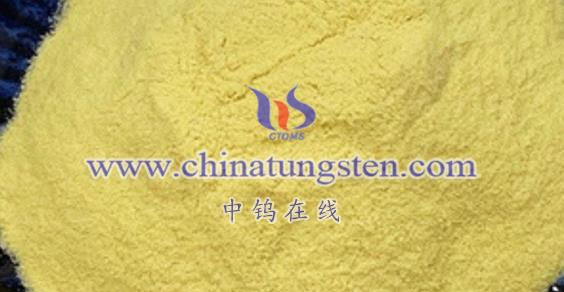
Sub-nanometer yellow tungsten, a nanomaterial with excellent properties, can be synthesized using a variety of techniques, including chemical synthesis, physical methods, and combined physical-chemical approaches. Below is a detailed explanation of commonly used methods:
- Chemical Synthesis Methods
- Tungstate Precipitation Method
- Raw Material Preparation
- Prepare a solution of sodium tungstate (Na₂WO₄) or other tungstates.
- Prepare hydrochloric acid (HCl) in a volume ratio of 1.2–2.0 times that of the tungstate solution.
- Reaction
- Gradually mix the tungstate solution into the HCl solution with continuous stirring.
- A precipitation reaction occurs, forming yellow tungsten acid (H₂WO₄).
- Filtration and Drying
- Filter the reaction mixture to collect the tungsten acid precipitate.
- Dry the precipitate to obtain a tungsten oxide precursor.
- Heat Treatment
- Calcine the precursor at high temperatures (e.g., 500–600°C) to remove water and organic residues, forming WO₃.
- Controlling calcination conditions can yield sub-nanometer-sized WO₃ particles.
- Ammonium Paratungstate (APT) Method
- Solution Preparation
- Dissolve ammonium paratungstate (APT) in a suitable solvent.
- Dispersion Treatment
- Add dispersants to the solution and stir thoroughly to ensure uniform particle distribution.
- Spray Drying
- Atomize the solution into a fine mist using a spray dryer, yielding hollow or thin-walled APT particles.
- Thermal Decomposition and Reduction
- Heat the particles in air or nitrogen to decompose them into tungsten oxide precursors.
- Calcine the precursors in controlled atmospheres (e.g., hydrogen) to refine particle size to the sub-nanometer scale.
- Physical Methods
- Mechanical Ball Milling
- Ball milling can reduce the particle size of bulk WO₃ powders.
- However, achieving uniform sub-nanometer sizes is challenging due to agglomeration.
- Vapor Deposition Techniques
- Utilize gas-phase deposition to form nanostructures on substrates.
- While capable of producing high-purity WO₃, these methods often require sophisticated equipment and are cost-intensive.
III. Combined Physical-Chemical Methods
This approach combines the advantages of chemical synthesis and physical methods to optimize particle size, shape, and distribution.
- Example:
- Chemically synthesize a precursor using the tungstate method.
- Apply physical techniques (e.g., ultrasonication or ball milling) to refine and homogenize particle size further.
Key Considerations in Sub-Nanometer Yellow Tungsten Synthesis
- Reaction Conditions
- Precisely control parameters such as pH, temperature, and reaction time to ensure uniformity in size and properties.
- Purification
- Remove impurities from raw materials to enhance the final product’s purity and performance.
- Safety
- Prevent toxic gas emissions and ensure safe handling of reactive materials during synthesis and calcination.
Comparison of Methods
| Method | Advantages | Limitations |
| Tungstate Method | Simple process, cost-effective | Requires careful pH and temperature control |
| APT Method | Produces uniform particles, scalable | Equipment intensive |
| Ball Milling | Low cost, easy to operate | Limited particle size control, risk of agglomeration |
| Vapor Deposition | High purity and advanced properties | Expensive equipment and operation |
| Combined Methods | Optimized size and shape, tailored properties | Complex process, high technical requirements |
Conclusion
The tungstate precipitation and APT methods are widely adopted for their reliability and efficiency in producing sub-nanometer yellow tungsten. By selecting the appropriate synthesis method and optimizing parameters, it is possible to produce WO₃ with tailored properties for specific applications such as catalysis, sensors, and energy storage.
More details of tungsten oxide product, please visit website: tungsten-oxide.com
Please contact CHINATUNGSTEN for inquiry and order of tungsten oxide:
Email: sales@chinatungsten.com
Tel.: 86 592 5129595
